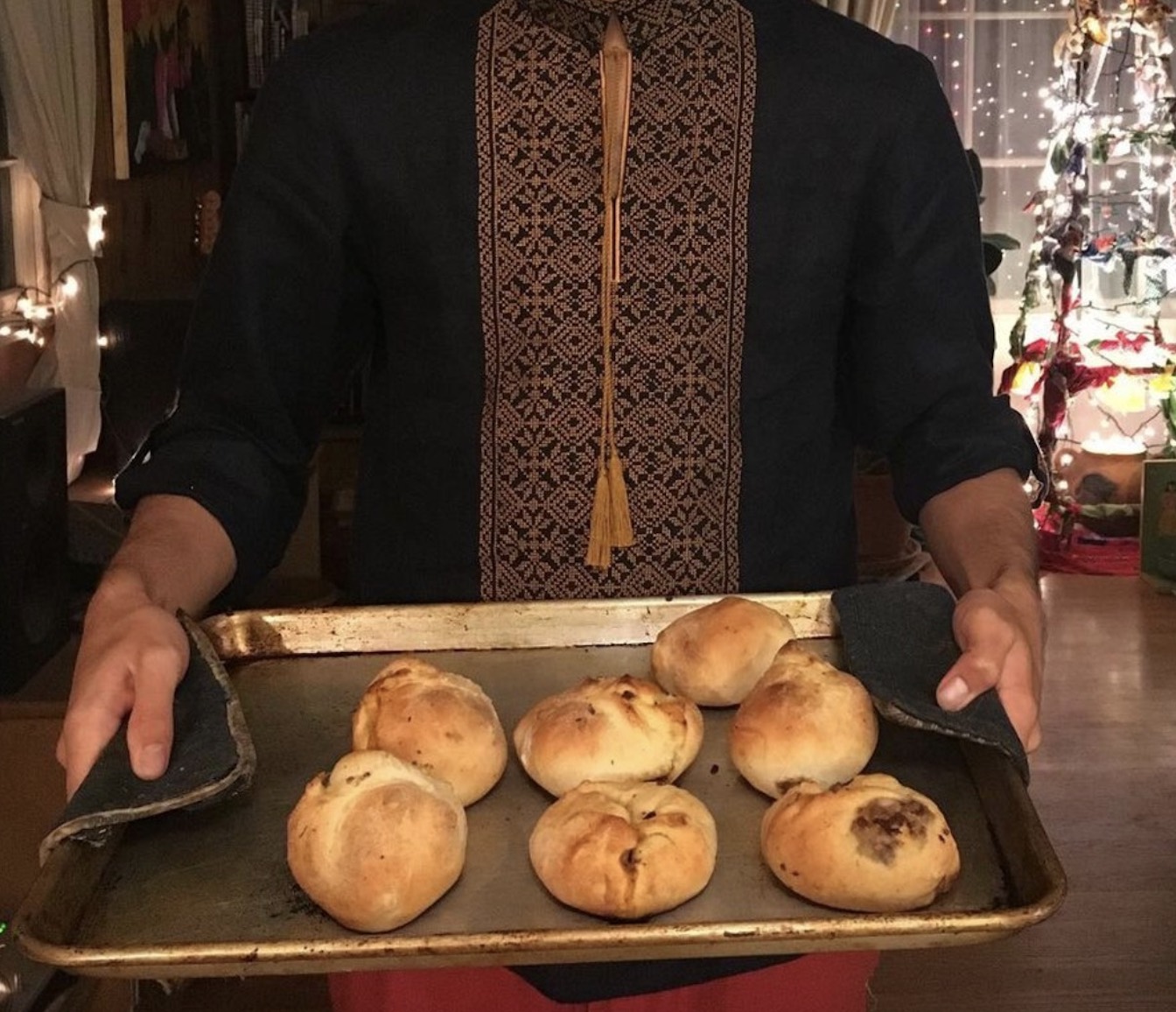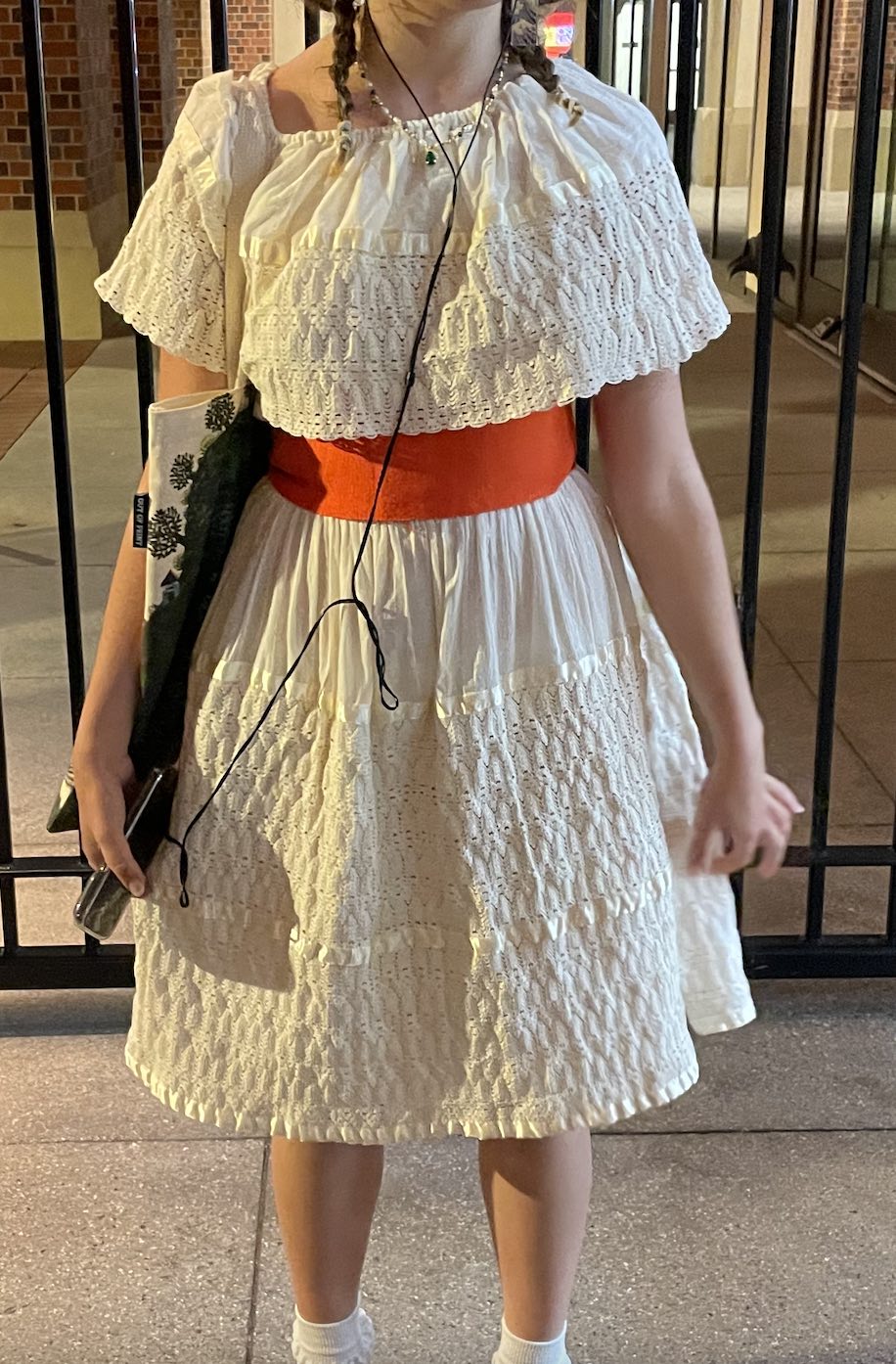Entry: The Haftsin is a type of altar for prepared for Persian New Year (Nowruz).
Context: SG is a 21 year old woman from San Francisco, CA. Her mother is Iranian, though SG explained that her mother didn’t “raise [her and her brother] in a very Persian way.” However, SG’s grandmother “always lived either with [them] or close to [them],” and would always celebrate Persian traditions. One such example occurs at Nowruz, or Persian New Year, which marks the beginning of Spring. There is the tradition of the Haftsin, an altar upon which seven items beginning with the letter S in Farsi are placed. This includes “seer, which is garlic, somagh,” or sumac, which is a spice, and more. SG explained that she didn’t remember why it is specifically items that start with S, but that the tradition is meant to give thanks to the year that just passed and hope for a good New Year. She said:“my grandma has also always done it where, if some members of our immediate family can’t be there – like this year my uncle, my mom, me, my brother, we were all at her house with her, but she had a photo of my aunt, and that’s just so that she’s there in spirit and so we can all start the New Year together.” SG says she is not sure whether or not other Persian families do this, or if it is a tradition started by her grandmother. She explained one other variation: “Some people put out prayer beads, too, but my family is not very religious in that way, like my mom grew up Catholic, even though my extended family is Muslim… so we don’t have those beads. My grandma decorates it more with the evil eye to ward off any spirits going into the New Year.”
Analysis: I found this account very poignant in explaining how variations in a tradition can create new understandings of what that tradition means. SG did not know whether putting photos of non-present family members on the altar was widely accepted as part of the tradition or not – however, she will most likely do this when she continues this into adulthood. When you grow up within a tradition, you oftentimes only truly understand your own. Especially because SG said she does not practice a lot of other Persian traditions (besides eating her grandmother’s Persian cooking), the traditions she does engage in have a much larger weight on this aspect of her identity than if she were to practice many. It is also interesting that even within one family, a cultural tradition can take different forms based on religious affiliations: that her grandmother puts out evil eyes instead of prayer beads struck me because SG said that her “extended family” did put out the prayer beads. These types of celebrations of shifting phases are highly important across cultures, and such actions can tell us so much about the group from which they come.




